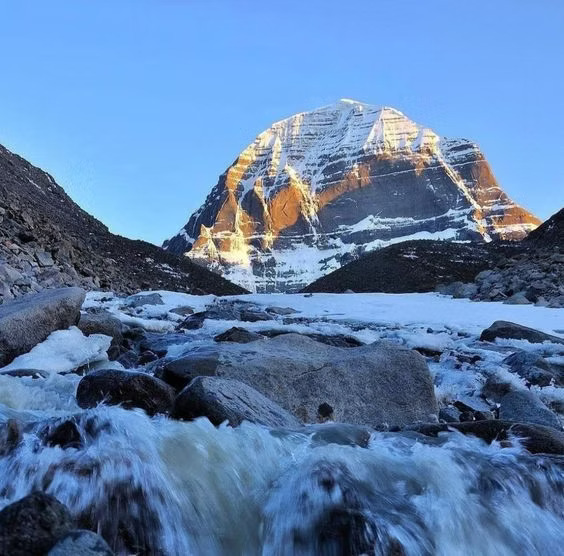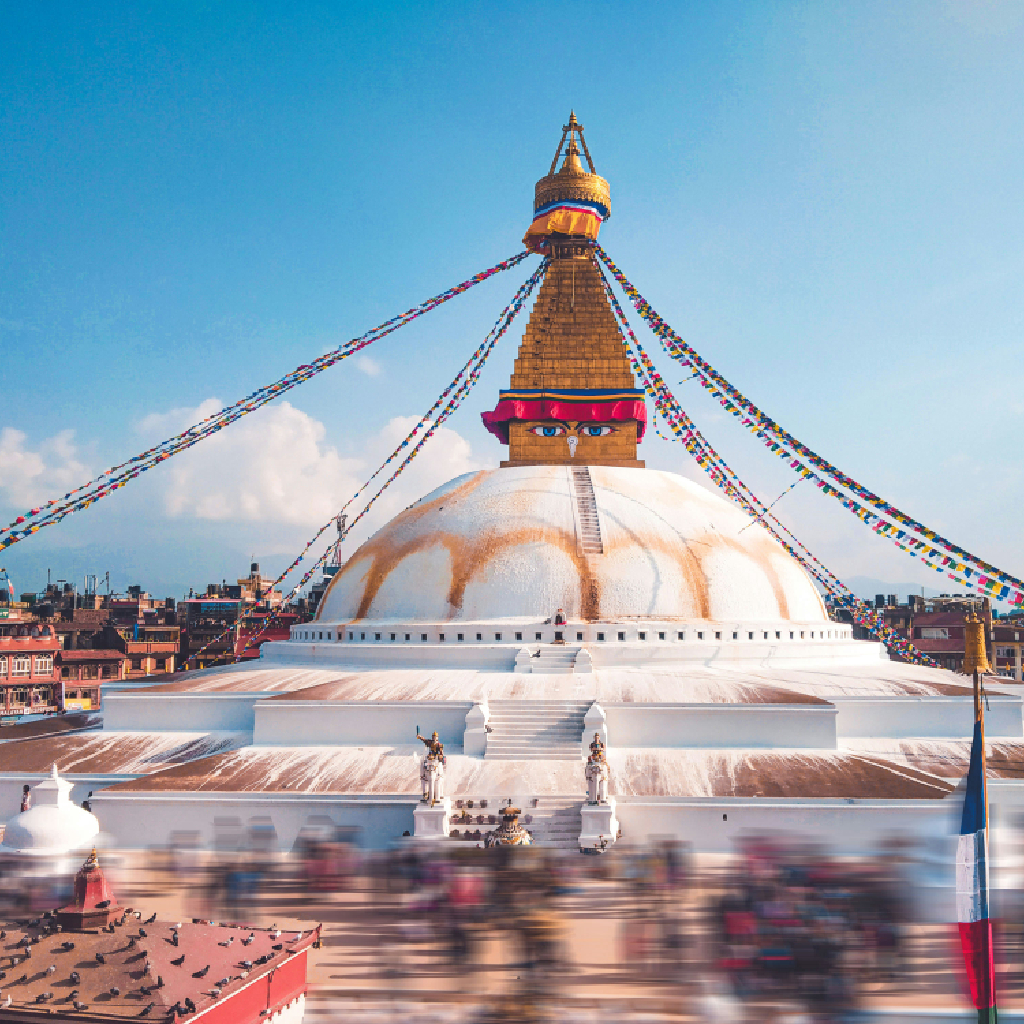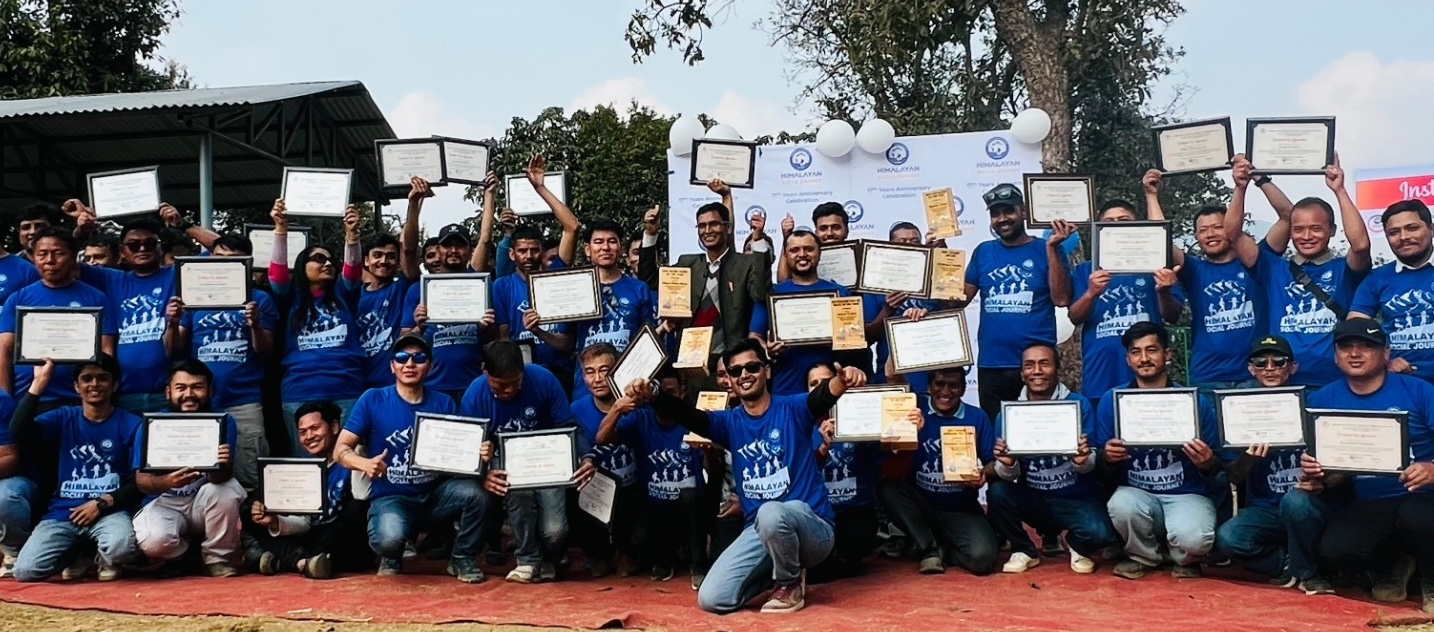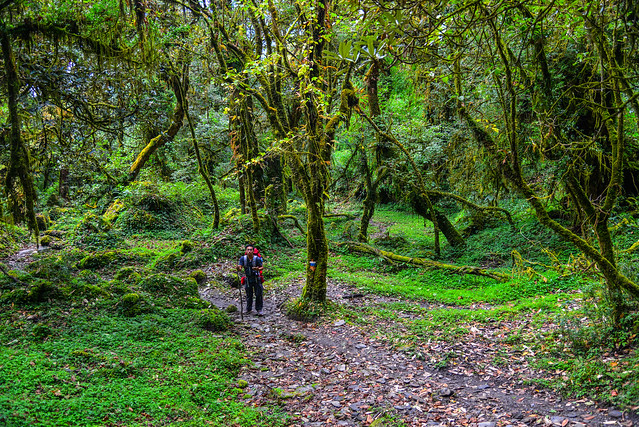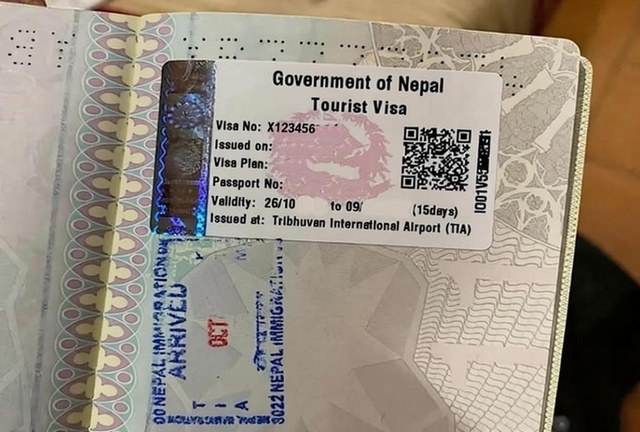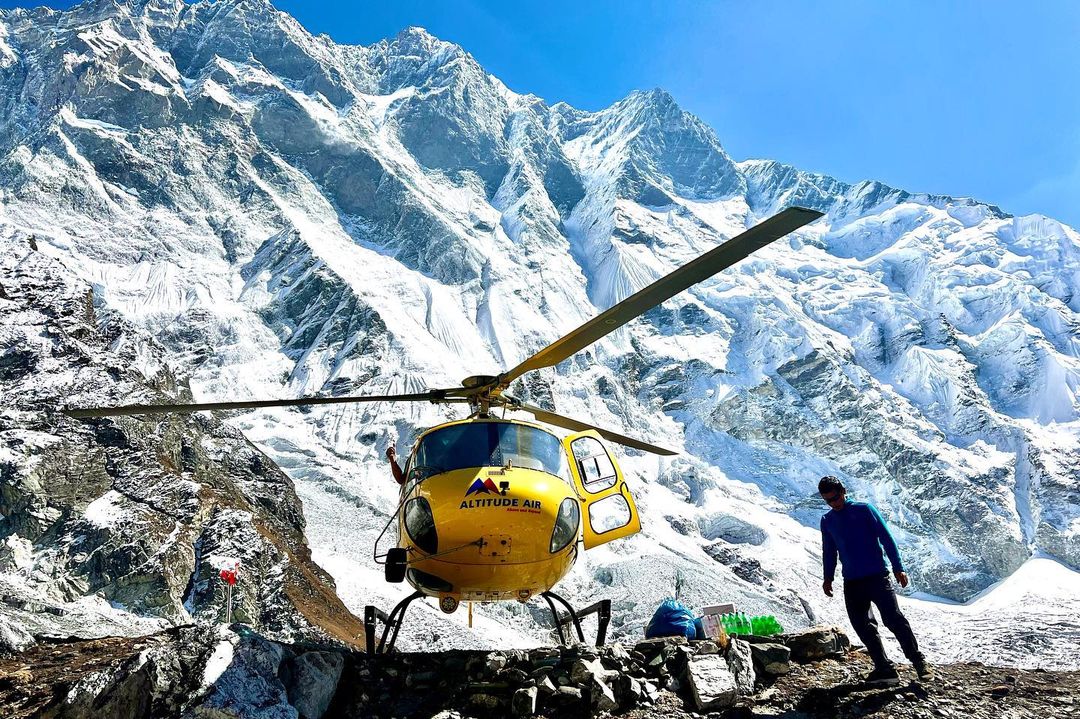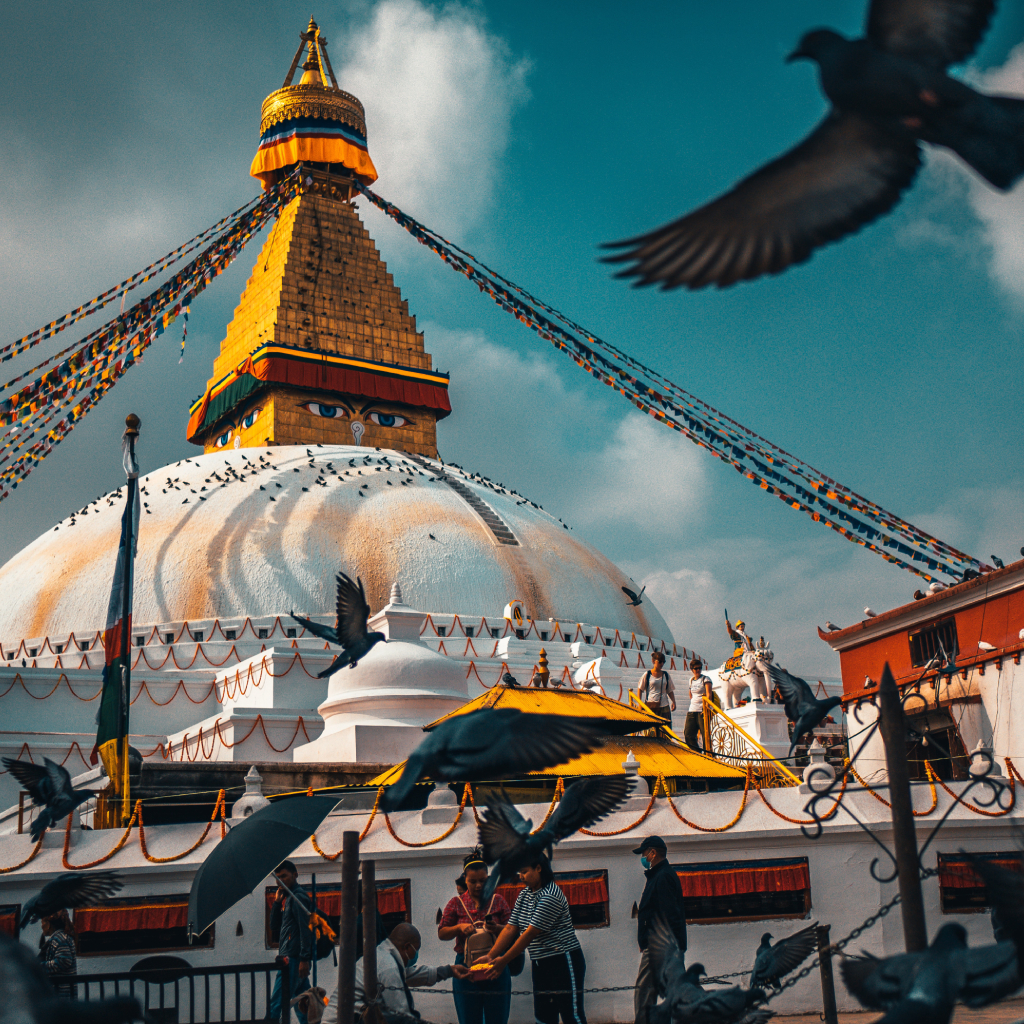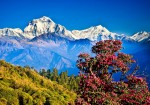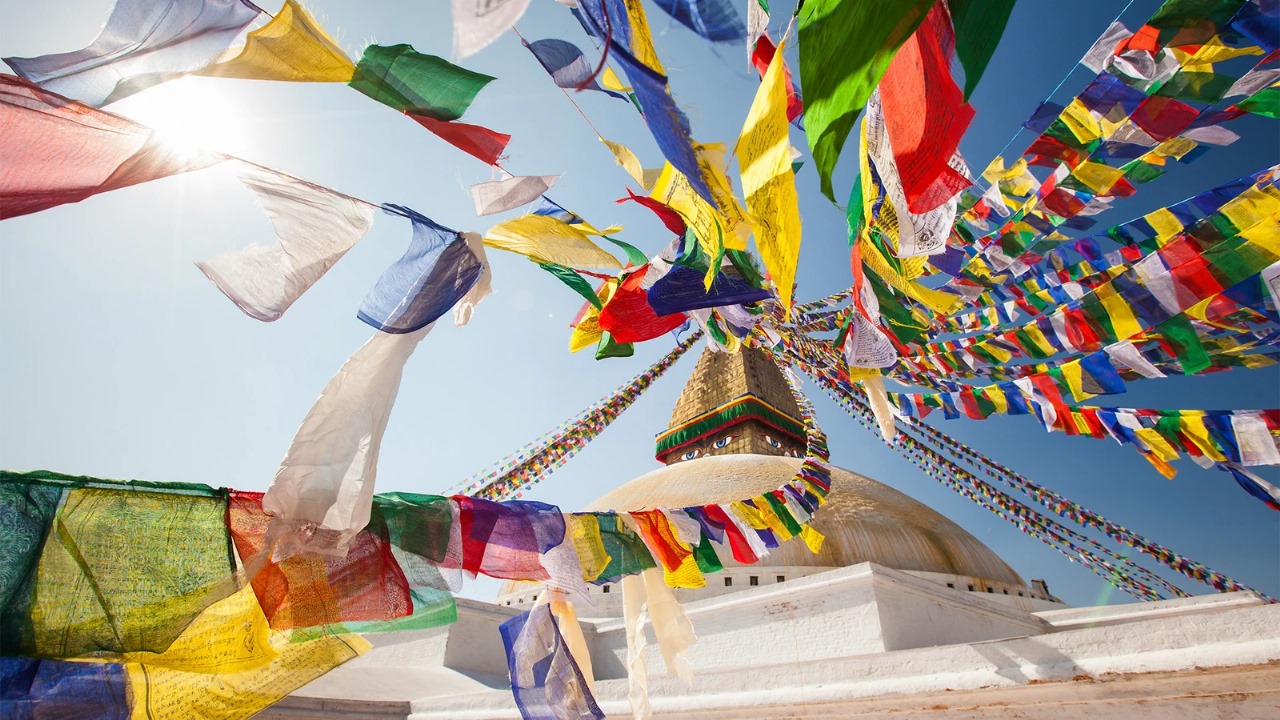Doesn’t every trip plan arouse so much curiosity? Questions play in your mind like “What if this happens? Is this the right time to go? Should I pack this or would it be available there?” There’s a lot going on! To help you with such whirl of questions, we bring you: 14 things you should know before visiting Nepal.
1. Do we need a visa to enter Nepal?
Yes. Everybody except Indian nationals will need a visa to enter Nepal. For tourists, there is a Visa on Arrival policy.
2. Can I see Mt. Everest if I’m not capable of trekking to high altitudes and difficult trails?
There are two other thrilling ways to see Mount Everest from the sky. One of them allows a bird’s eye view, far and up close and you can even land and have breakfast on the top of the world.
On the cheaper side, you can either take a one hour round-trip flight via plane in which airlines provide window seats to everyone for a satisfying view. Even a short moment into the cockpit is allowed to see Everest with the pilots. To ensure the best views with a clear sky, these flights happen in the early morning.
As an alternative, you can ride a helicopter to Everest Base Camp and spend time on the famous land for approximately 45 minutes. Both of these are two-way round trips. Check out those here and here.
3. What is the best season to visit Nepal?
This is clearly a subjective matter. October, November and early December is autumn in Nepal and are the best months to explore Nepal, popular as the season for trekking. Spring is Mar- May, which is also good for clear skies and mountain views. Make sure to pre-plan everything and arrange everything in advance (possibly through a travel agent) as it can get crowded sometimes and might get difficult to manage on the spot.
That way you can ensure your safety throughout the time here in Nepal.
If you want to avoid crowds and see the places in their most serene forms, have a unique solo experience or with just your group, winter and summer are also good to go. However, the same can’t be said for the monsoon (May, June, July, August) because rain makes muddy trails risky for hiking.
4. Is there anything to see other than mountains in Nepal?
Nepal is much more than the land of mountains. Mountains are just one of the specialities. 5000+ lakes with almost 2000 glacial lakes, the lush southern jungle in Chitwan with rare wildlife, green stretched paddy fields, whitewater rafting in rivers, chilling by the riverside in Bardia, the antique villages surrounded by tall valleys, many hidden waterfalls, World heritage sites and much more to add to the to-go list.
5. What are the best months to see wildflowers in Nepal?
February, March, April and May are the best months to see wildflowers and red illuminated rhododendron forests in Nepal. October, November being early autumn are also a great time to see the beautiful wildflowers of Nepal.
6. How much luggage can I take on domestic flights?
For mountainous sectors 5 kg-carry on and 10 kg of luggage are allowed. For general flights other than that, check in allows anywhere between 15-25 kgs depending on the airlines.
7. How many days is a good duration to travel to Nepal?
This is obviously up to you and your convenience. For classic treks to the hidden gems, you will need 15-25 days involving combined regions and trails. But if you really fall in love with Nepal, no days will be enough. For a simple tour of Kathmandu, Pokhara and Chitwan, 7-10 days is an okay duration.
8. What is a Teahouse trek?
A teahouse trek is one in which you stay at a lodge called teahouse for every night of the trek duration. All popular treks in Nepal are teahouse treks. By going on a teahouse trek, you can trek lightweight, eat whatever you feel like on the menu and support the local economy.
9. How difficult are the popular treks in Nepal?
The complexity of a hike is tough to reference because it depends on your fitness and prior trekking experiences. The difficulty of a trek in the Himalaya is determined by the trail's steepness, overall altitude, and duration. The higher altitude you reach, the harder the trek gets. Some people are not affected with altitude at all while some experience mild and a few suffer severe altitude sickness. However, there are preventive measures to climb risk-free. The majority of treks in the lower foothills (Ghorepani, Ghandruk, and Pikey Peak) are easy to moderate in difficulty, while some days will be more difficult than others. Higher-altitude treks (Everest Base Camp, Gokyo, Annapurna Circuit, and Nar Phu) are comparatively more difficult since they include crossing 5,000-meter passes and walking uphill for multiple days.
10. Are gears and clothes available for hire in Nepal?
Yes, some gears and clothes are available for hire at Thamel market. The ones that won’t be on hire will be there for purchase. You can find them in all sorts of price ranges from very high quality to okayish use. So if you’re thinking of not packing much and shopping or hiring here, it’s a good idea to do so.
11. What is the altitude sickness like?
The mild forms of altitude sickness makes you feel dizziness, headache, muscle ache and nausea. Somewhat like a bad hangover. But, vomiting, reduced performance and coordination, difficulty in breathing are signs of a severe situation. In such a case you immediately need to be brought down and admitted to a hospital. That’s why, we recommend to always make sure to purchase travel insurance that covers emergency helicopter evacuation upto approximately 5400 meters.
12. How can I be safe from altitude sickness?
There are certain ways to prevent altitude sickness in Nepal’s mountains to some extent. Here are some top tips for altitude sickness prevention:
- Acclimatization i.e. rest every alternate day and climb slowly (not more than 500 meters a day)
- Avoid alcohol, if possible before the night of trekking too.
- Eat a high calorie diet but not something too heavy.
- Stay hydrated and drink a lot of water.
Consider having these medicines just in case:
- Acetazolamide to prevent and treat high-altitude sickness
- Ibuprofen and paracetamol for headaches and body pain
- Anti nausea such as domperidone
- If you’re traveling with our guides, they will make sure to have these on hand.
13. What happens if I fall sick during the trekking?
What happens will be decided on the kind of sickness. If you have food/water/travel/stomach general sickness, the guide will have medication on hand for most of the problems. Make sure to avoid something you are allergic or intolerant to, especially in food and beverages.If it’s likely to get better with a little comfort, the guide will comfort you. The food served on our packages is unlikely to cause any disorder due to hygiene issues.In serious situations, the team will call for an emergency rescue.
14. Will language barrier be a problem in Nepal?
If you speak English, the language barrier is very less likely to be a problem in Nepal. Furthermore, you could use the hack of google translator to convert a speech in your language to Nepali and everybody understands an audio.
Are you ready for an unexpected, engaging experience in Nepal?


